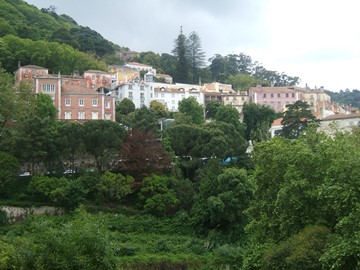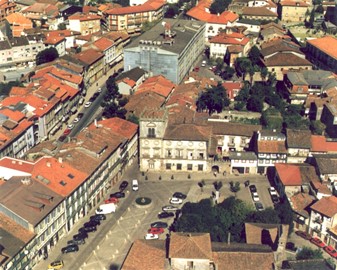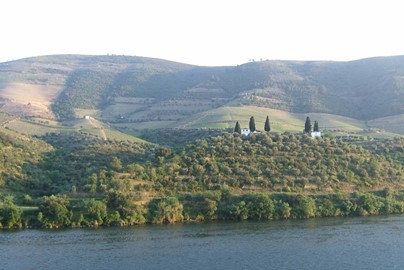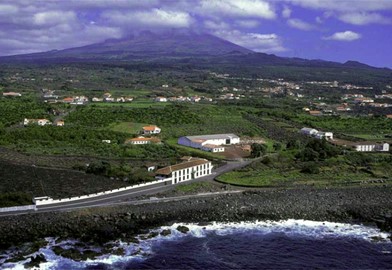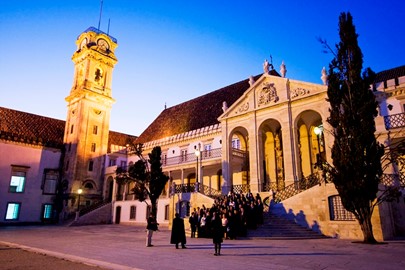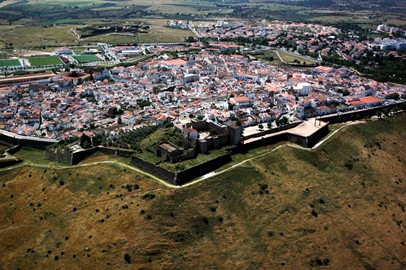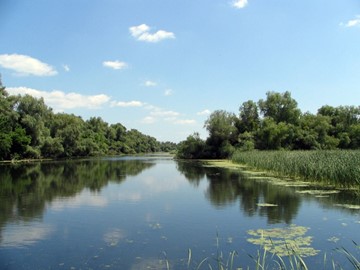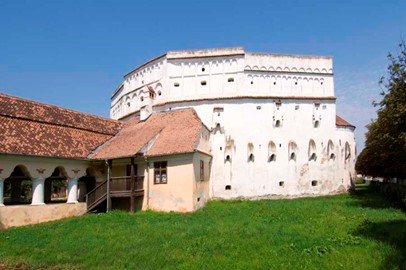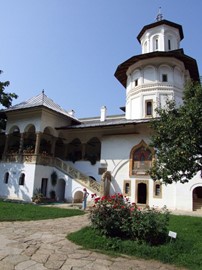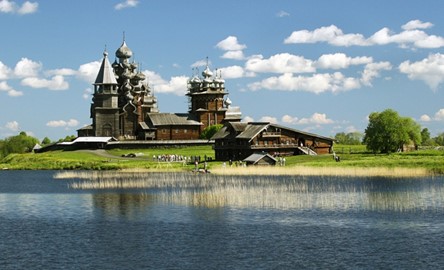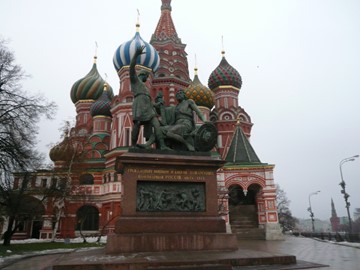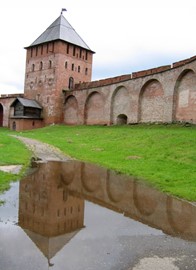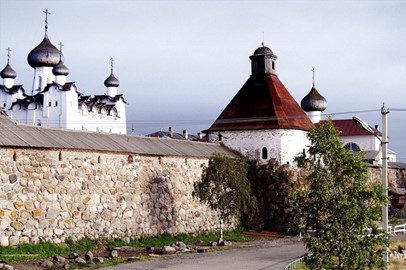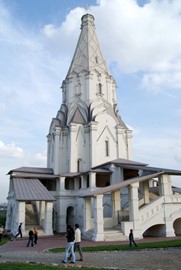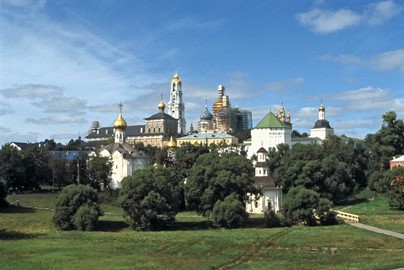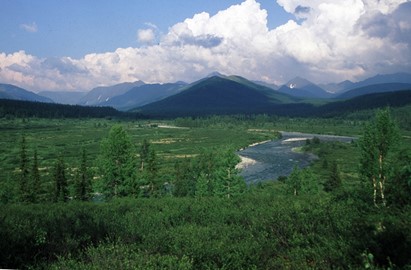region :: europe and north america
Sintra
The Cultural Landscape of Sintra, a UNESCO World Heritage site, is renowned for its unique blend of natural beauty and historic architecture. This picturesque region features lush hills dotted with extravagant palaces, romantic gardens, and ancient castles, reflecting centuries of aristocratic influence and artistic heritage. Notable landmarks include the colorful Pena Palace and the Moorish Castle, which highlight a fusion of Gothic, Manueline, and Moorish styles. Its well-preserved environment and cultura... Read More
Oporto
The Historic Centre of Oporto, a UNESCO World Heritage site in Portugal, is renowned for its rich history and architectural diversity. This well-preserved urban landscape showcases a blend of medieval, Baroque, and neoclassical styles, reflected in its iconic monuments, churches, and charming riverside district. The area’s cultural significance is tied to its role as a key trading hub and its contributions to Portuguese heritage, making it a treasure trove of historical landmarks and scenic beauty along the... Read More
Laurisilva of Madeira
The Laurisilva of Madeira, a UNESCO World Heritage site in Madeira island, Portugal, is a rare subtropical laurel forest renowned for its rich biodiversity and ancient ecosystem. This lush, evergreen forest features unique plant species, many of which are endemic, thriving in a misty, temperate climate. It serves as a vital habitat for numerous birds and invertebrates, showcasing an exceptional example of ecological preservation. Recognized for its scientific and conservation value, it stands as a living re... Read More
Guimarães
The Historic Centre of Guimarães, a UNESCO World Heritage site in Portugal, is a remarkably well-preserved medieval town known for its historical significance as the birthplace of the Portuguese nation. Its charming cobblestone streets, granite architecture, and landmarks like the 10th-century Guimarães Castle and the Palace of the Dukes of Bragança reflect a rich blend of Romanesque, Gothic, and Baroque influences. The site’s authenticity and cultural value lie in its role in shaping Portugal’s early ident... Read More
Alto Douro
The Alto Douro Wine Region in Portugal, recognized as a UNESCO World Heritage site, is a historic wine-producing area renowned for its terraced vineyards along the Douro River. Established in 1756 as the world’s first demarcated wine region, it showcases a unique cultural landscape shaped by centuries of winemaking tradition. The area is celebrated for its production of Port wine, a fortified wine that has gained international acclaim, alongside table wines that reflect the region’s diverse grape varieties.... Read More
Pico Island
The Pico Island Vineyard Culture, a UNESCO World Heritage site in Portugal, showcases a unique landscape shaped by centuries of traditional viticulture on a volcanic island. Its distinctive network of black basalt stone walls protects vines from harsh sea winds and salt spray, creating a microclimate for grape cultivation in nutrient-rich lava soil. This ingenious adaptation by generations of farmers, along with historic wine cellars, manor houses, and churches, reflects a remarkable blend of human resilien... Read More
Belém
The Monastery of the Hieronymites and Tower of Belém in Lisbon, a UNESCO World Heritage site in Portugal, represent exceptional examples of Manueline architecture from the 16th century. The monastery, a former religious complex, showcases intricate stonework and maritime motifs, reflecting Portugal’s Age of Discovery, while the nearby Tower of Belém, a fortified structure, served as a ceremonial gateway and defensive outpost along the Tagus River. Both monuments highlight the country’s historical wealth, ar... Read More
University of Coimbra
The University of Coimbra – Alta and Sofia, a UNESCO World Heritage site in Portugal, is renowned for its historical and cultural significance. Founded in 1290, the university is one of the oldest in continuous operation worldwide, featuring stunning architecture like the Joanina Library and St. Michael’s Chapel. Its traditions, including academic rituals and student life, reflect centuries of intellectual heritage, making it a remarkable testament to European education and history.
Elvas
The Garrison Border Town of Elvas and its Fortifications, a UNESCO World Heritage site in Portugal, is a remarkably preserved example of a fortified frontier town. Extensively developed between the 17th and 19th centuries, it features the world’s largest bulwarked dry-ditch system, including star-shaped walls, outlying forts, and the impressive Amoreira Aqueduct, designed to sustain long sieges. Its military architecture, influenced by Dutch, Italian, and French theories, reflects Portugal’s strategic defen... Read More
Danube Delta
The Danube Delta, a UNESCO World Heritage Site in Romania, is one of the largest and most well-preserved river deltas in the world. It is celebrated for its extraordinary biodiversity, including numerous rare and endangered species, and serves as a critical habitat for migratory birds. This remarkable natural ecosystem highlights the intricate balance between water, land, and wildlife.
Fortified Churches in Transylvania
The Fortified Churches in Transylvania, a UNESCO World Heritage site, are a remarkable collection of medieval structures built between the 13th and 16th centuries by Saxon communities. These churches, often surrounded by defensive walls and towers, served as both religious sanctuaries and strongholds against invasions, reflecting a unique blend of Gothic, Romanesque, and local architectural styles. Many feature well-preserved interiors with historic frescoes, altars, and wooden galleries, offering insight i... Read More
Monastery of Horezu
The Monastery of Horezu, a UNESCO World Heritage site in Romania, is a masterpiece of Brâncovenesc architecture founded in 1690 by Prince Constantin Brâncoveanu. Renowned for its intricate frescoes, ornate stone carvings, and well-preserved monastic complex, it serves as a significant cultural and religious landmark. The monastery’s scriptorium also played a key role in preserving Romanian Orthodox traditions and manuscripts. Today, it stands as a testament to Romania’s rich heritage and artistic legacy.
Sighisoara
The Historic Centre of Sighişoara, a UNESCO World Heritage site in Romania, is a remarkably well-preserved medieval town founded by German craftsmen and merchants in the 12th century. Its cobblestone streets, colorful buildings, and fortified walls showcase a unique blend of Gothic, Renaissance, and Baroque architecture. Notable landmarks include the Clock Tower, the Church on the Hill, and the birthplace of Vlad the Impaler, offering a glimpse into its rich history and cultural significance. This picturesq... Read More
Wooden Churches of Maramures
The Wooden Churches of Maramureş, a UNESCO World Heritage site, are a collection of historic Orthodox churches renowned for their unique architecture and cultural significance. Constructed primarily in the 17th and 18th centuries, these churches feature tall, slender wooden towers and intricate shingle roofs, showcasing exceptional craftsmanship. They serve as a testament to the rich religious traditions and artistic heritage of the local communities, blending Gothic and vernacular styles. Preserved as outs... Read More
Dacian Fortresses
The Dacian Fortresses of the Orastie Mountains, a UNESCO World Heritage site in Romania, are a remarkable collection of six ancient strongholds built by the Dacian civilization between the 1st century BC and 1st century AD. Constructed using stone, wood, and earth, these fortresses served as military, religious, and economic centers, showcasing advanced engineering and strategic planning. They stand as a testament to the Dacian people's resistance against Roman conquest, with Sarmizegetusa Regia being the m... Read More
Churches of Moldavia
The Churches of Moldavia, a UNESCO World Heritage site in Romania, are renowned for their unique 15th and 16th-century architecture and vibrant exterior frescoes. These eight Orthodox churches, built under the patronage of Stephen the Great and his successors, blend Byzantine influences with local Gothic and Renaissance elements, showcasing exceptional artistry. Their well-preserved wall paintings, depicting biblical scenes and saints, are considered masterpieces of Eastern Orthodox religious art and draw v... Read More
Kizhi Pogost
Kizhi Pogost, a UNESCO World Heritage site in Russia, is an architectural marvel featuring two 18th-century wooden churches and an octagonal bell tower, all constructed without nails. The centerpiece, the Church of the Transfiguration, boasts 22 domes and intricate craftsmanship, reflecting traditional Russian carpentry techniques. This historic ensemble, located on an island, offers a glimpse into Russia’s cultural and religious heritage, preserved as a testament to its architectural ingenuity.
Kremlin and Red Square, Moscow
The Kremlin and Red Square in Moscow form a historic World Heritage site in Russia, recognized for their cultural and political significance. The Kremlin, a fortified complex, has served as the seat of Russian power for centuries, housing palaces, cathedrals, and government buildings with architecture spanning medieval to modern times. Adjacent Red Square, a vast public plaza, is famous for landmarks like Saint Basil’s Cathedral and Lenin’s Mausoleum, reflecting Russia’s rich history and artistic legacy. To... Read More
Novgorod
The Historic Monuments of Novgorod and Moscow, a UNESCO World Heritage site in Russia, encompass a remarkable collection of architectural and cultural treasures. This site includes the medieval Kremlin of Novgorod with its ancient cathedrals and fortifications, alongside Moscow's iconic Kremlin and Saint Basil’s Cathedral, showcasing centuries of Russian history and artistry. These landmarks reflect the political, religious, and artistic evolution of Russia, making them invaluable to global heritage.
Solovetsky Islands
The Solovetsky Islands, located in northern Russia, form a UNESCO World Heritage site renowned for their historical and cultural significance. This remote archipelago features a well-preserved medieval monastery, which served as a fortress, religious center, and later a Soviet prison camp, reflecting centuries of human resilience and adaptation. The site's unique blend of natural beauty and architectural heritage, including stone labyrinths and churches, highlights its importance as a testament to Russia’s ... Read More
Vladimir and Suzdal
The White Monuments of Vladimir and Suzdal, a UNESCO World Heritage site in Russia, comprise a remarkable collection of medieval architecture dating from the 12th to 13th centuries. These structures, built primarily from white limestone, include grand cathedrals, monasteries, and kremlin fortifications, showcasing the exceptional craftsmanship and religious significance of the era. Notable examples like the Cathedral of Saint Demetrius and the Golden Gates highlight the intricate stone carvings and historic... Read More
Church of the Ascension, Kolomenskoye
The Church of the Ascension in Kolomenskoye, a UNESCO World Heritage site in Russia, is a remarkable example of early Russian architecture. Built in 1532 to commemorate the birth of Ivan the Terrible, this white stone church features a distinctive tent-shaped roof, a pioneering design in Russian ecclesiastical structures. Its elegant, upward-soaring form symbolizes a connection between heaven and earth, reflecting the spiritual aspirations of its time. Today, it stands as a well-preserved monument, offering... Read More
Trinity Sergius Lavra
Trinity Sergius Lavra, a UNESCO World Heritage site in Russia, is a prominent Orthodox monastery founded in the 14th century by St. Sergius of Radonezh, a key figure in Russian monasticism. Renowned for its spiritual significance and architectural grandeur, it features a complex of historic buildings, including the Trinity Cathedral with its ancient frescoes and the imposing Assumption Cathedral. The site has long served as a center of religious life, education, and pilgrimage, reflecting centuries of Russi... Read More
Virgin Komi Forests
The Virgin Komi Forests, a UNESCO World Heritage site in Russia, represent one of the largest remaining expanses of pristine boreal forest in Europe. This untouched wilderness is home to a rich diversity of flora and fauna, including rare species like the Siberian pine and brown bear, thriving in an ecosystem shaped by natural processes over millennia. The site’s old-growth forests and peat bogs play a critical role in carbon storage, highlighting its global ecological significance. It stands as a vital tes... Read More
Lake Baikal
Lake Baikal, a UNESCO World Heritage site in Russia, is renowned for its exceptional depth and clarity, holding about 20% of the world's unfrozen freshwater. Formed over 25 million years ago, it hosts a unique ecosystem with thousands of endemic species, including the Baikal seal. Its stunning landscapes and geological significance make it a natural wonder and a critical site for scientific research.
